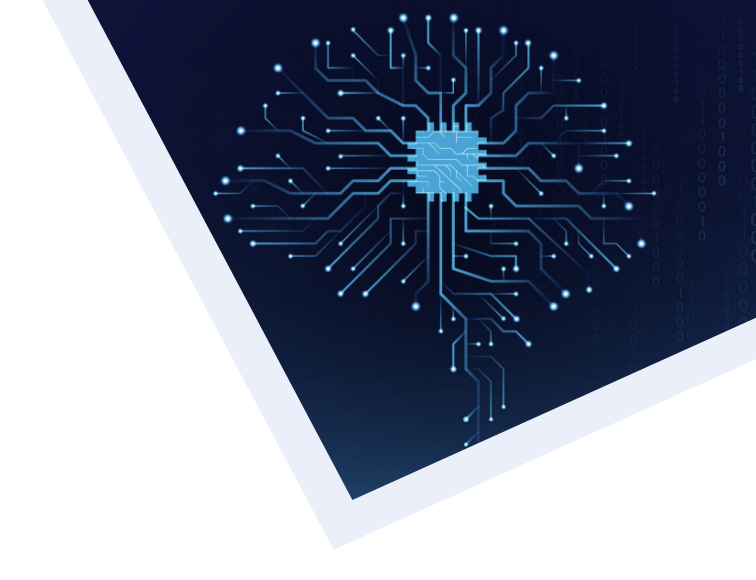The most advanced AI models that we all use are built and hosted on massive server systems and are the Cloud AI models that get the main headlines.
However, most of the real world applications for AI require processing solutions that can run remotely and are what is called Edge AI. This can be language but also vision, image, sound, sensor processing, etc.
Because these systems need to run independently – and often rely on battery power – they have unique challenges and barriers to overcome. PCMO ReRAM from 4DS helps to overcome these barriers and enable Future AI to run on the edge.


What are the challenges facing Edge Al companies today?
RESOURCES
Processing power and memory constraints on running ever-larger models.
ENERGY
The power needed to run increasingly large models constrains use cases.
SPEED
As computational needs scale, everything must work at higher speeds to maintain responsiveness.
LATENCY
As performance demands greater scale the tolerance for system latencies due to memory bandwidths evaporates.
OPTIMISATION
Reducing model size without compromising performance anc reliability is a key differentiator across players.
ADAPTATION
The ability of models to
1 adapt based on changing resources and conditions.
CONNECTIVITY
The ability to maintain connectivity under network and bandwidth constraints.
COST
Balancing the cost of Al systems with real world economic constraints.
How should an advanced memory help these challenges?
ZERO LATENCY
but most NV
technologies are slow.
HIGH ENDURANCE
but NV technologies suffer
from low lifetime.
HIGH SCALE
but embedded
memory options
are few.
LOW ENERGY
but DRAM requires
constant refresh even
for static data.
LOW COST
but some advanced
memories require expensive
ALD integration.
HIGH RETENTION
but persistence, speed and
endurance have long been
trade offs.
Sign up for the latest news from 4DS Memory
Engage with us directly by asking questions, watching video summaries and seeing what other shareholders have to say via our investor hub.
